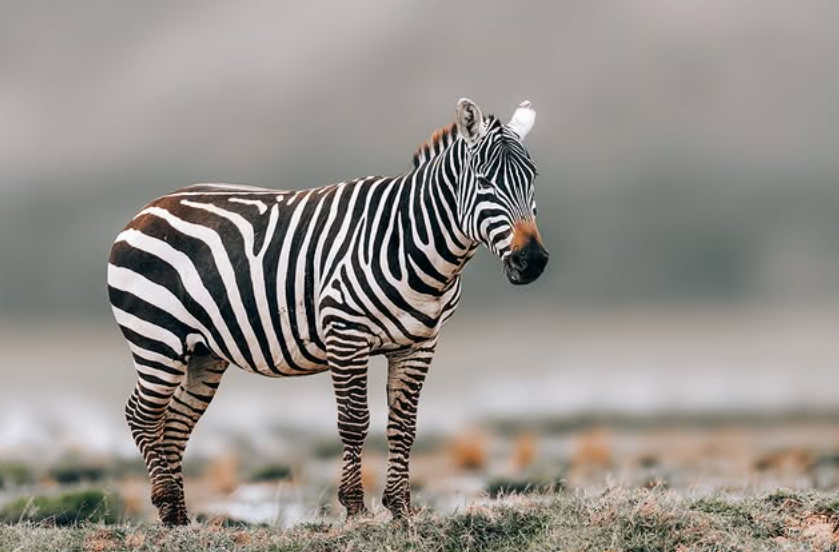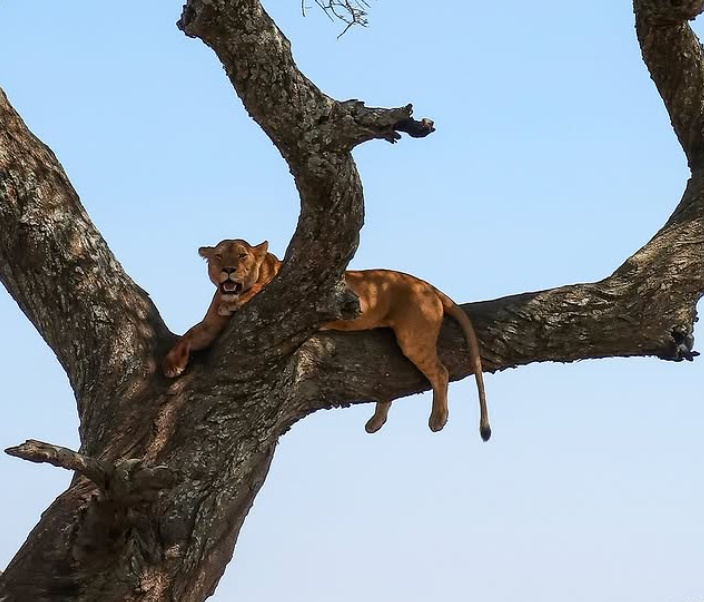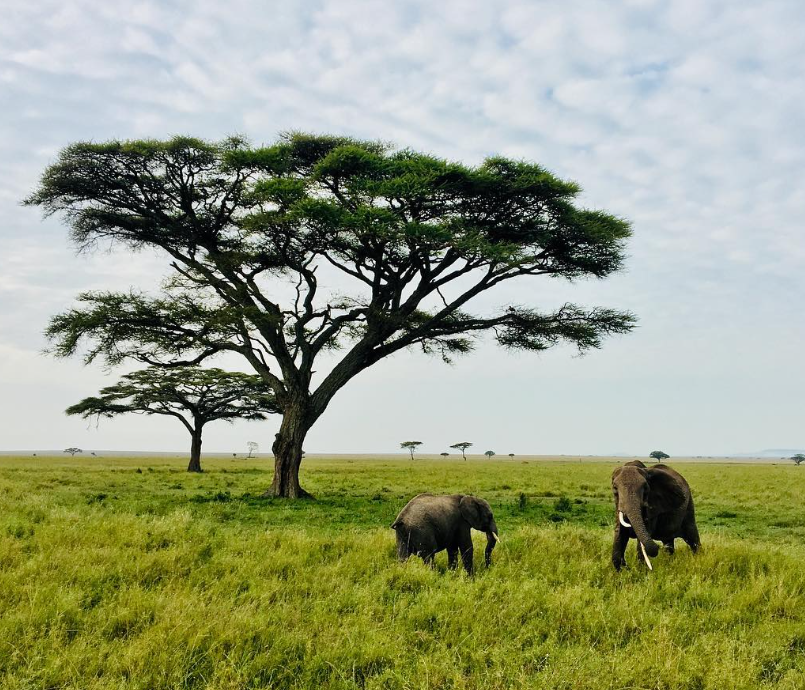Let us create your tailor-made trip
Tailor your perfect Tanzanian adventure with expert planning.
Serengeti National Park is one of the most iconic wildlife destinations in the world. Located in northern Tanzania, it is renowned for its vast plains, rich biodiversity, and the awe-inspiring Great Wildebeest Migration. Declared a UNESCO World Heritage Site, the Serengeti is the epitome of an African safari experience, attracting nature lovers, photographers, and adventurers from all over the globe.
Serengeti National Park is situated in the Mara and Simiyu regions of northern Tanzania, stretching across 14,763 square kilometers. It borders Kenya’s Masai Mara National Reserve to the north and Ngorongoro Conservation Area to the southeast.
The park is accessible via:
Air travel: Daily scheduled flights from Arusha, Kilimanjaro, Zanzibar, and Dar es Salaam to airstrips like Seronera, Kogatende, and Grumeti.
Road travel: A full-day drive from Arusha through Mto wa Mbu and the Ngorongoro Highlands.
The Serengeti derives its name from the Maasai word "Siringet", meaning “endless plains.” The park was established in 1951, making it Tanzania’s oldest national park. Its protection was prompted by the need to conserve the region's rich wildlife and unique ecosystem.
The Serengeti’s ecosystem is one of the oldest and most scientifically significant on the planet. Its landscape consists of:
Endless grassy plains in the south.
Acacia-dotted savannah in the central Seronera area.
Woodlands and hills in the west.
Riverine forests and rocky outcrops (kopjes) throughout.
The park is also home to the Grumeti and Mara rivers, vital for wildlife during the dry season and during the migration.
Serengeti is synonymous with abundant wildlife. It boasts over:
2 million wildebeests
250,000 zebras
300,000 Thomson’s gazelles
This makes it the stage for the Great Wildebeest Migration, the largest terrestrial mammal migration in the world. Every year, these animals move in a circular path across the Serengeti and Masai Mara in search of fresh pasture, facing predators and river crossings along the way.
Other key species include:
Big Cats: Lions (over 3,000), leopards, cheetahs
Elephants, giraffes, buffaloes, hippos, crocodiles
Over 500 bird species, including ostriches, secretary birds, and martial eagles
The highlight of Serengeti safaris is witnessing the Great Migration, a year-round phenomenon. Key periods include:
December–March: Calving season in southern Serengeti/Ndutu area
April–June: Migration moves northwest
July–October: Dramatic river crossings in the Grumeti and Mara Rivers (northern Serengeti)
November: Herds return south
Watching hundreds of thousands of wildebeest crossing crocodile-infested rivers is one of nature’s most breathtaking spectacles.
Game drives (morning, afternoon, or full-day)
Hot air balloon safaris over the plains at sunrise
Walking safaris with armed guides (available in designated areas)
Birdwatching tours
Photographic safaris
Cultural visits to nearby Maasai villages
The Serengeti is a year-round destination, but timing your visit can enhance your experience:
June to October: Dry season, ideal for general wildlife viewing and river crossings.
December to March: Best for calving season and predator activity.
April to May: Green season with fewer tourists and lush landscapes (some lodges close due to rains).
Serengeti offers a wide range of accommodation:
Luxury lodges: Four Seasons Serengeti, Singita, &Beyond, Lemala Kuria Hills
Tented camps: Serengeti Migration Camp, Nomad Serengeti Safari Camp
Mid-range and budget lodges: Serengeti Serena Safari Lodge, Kati Kati Tented Camp
Public campsites for adventurous travelers
Some lodges are mobile camps, moving with the migration for optimal viewing.
Serengeti faces several conservation issues, including:
Poaching and illegal wildlife trade
Human-wildlife conflict with surrounding communities
Proposed infrastructure projects (like highways) that could disrupt migration patterns
TANAPA (Tanzania National Parks Authority) and international partners are actively engaged in protecting this ecological treasure through anti-poaching efforts, community-based tourism, and sustainable practices.
Unrivaled wildlife viewing
World-famous Great Migration
Stunning landscapes and sunsets
Authentic African safari experiences
Top-tier lodges and camps
The Serengeti offers the ultimate safari adventure, whether you're a first-time visitor or a seasoned wildlife enthusiast. Its timeless beauty, abundant game, and sheer scale make it a destination that stirs the soul and fuels a lifelong passion for nature.



Tailor your perfect Tanzanian adventure with expert planning.


Discover the Wonders of Tanzania with Uwanda Tours and Safaris
info@uwandatours.com
+255 762 378 870
Dar Es Salaam, Tanzania